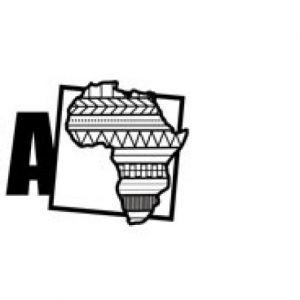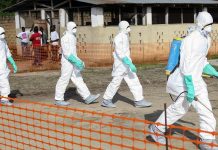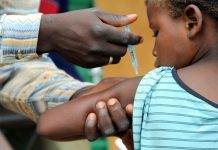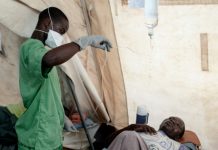Mogadishu - One million malnourished Somali children need urgent lifesaving treatment, while 4.5 million people also risk contracting cholera owing to lack of clean water sources.
Somalia is in the grips of the worst drought that has seen thousands lose lives, and livestock as fears of another famine tighten.
ReliefWeb, a humanitarian information source under the United Nations Office for the Coordination of Humanitarian Affairs (OCHA), said fears of water borne disease exacerbated an already dire situation.
“Close to one million acutely malnourished children will need treatment, including 200,000 severely malnourished children who are more vulnerable than any other group and in need of immediate life-saving support.
“Extreme lack of access to water is a key driver of the crisis in arid areas. Due to the depletion of water sources, some communities are relying on buying water at prices which are on the increase, beyond the reach of many,” ReliefWeb said in a statement.
According to the World Health Organisation (WHO), 15,655 AWD/cholera cases and 365 deaths have been reported between January and 20 March 2017, and the outbreak has now spread to 12 out of 18 regions.
“Over 4.5 million people are now in need of WASH (Water, Sanitation and Hygiene) assistance. Those who resort to unsafe water sources are at increased risk of water-borne diseases such as Acute Watery Diarrhea (AWD)/Cholera.
“The number of cases has reached same levels reported for all of 2016 when Somalia experienced its most recent major outbreak of AWD/Cholera,” ReliefWeb added.
Over 260,000 people died during the famine that hit Somalia from 2010 to 2012, an increase from the estimated 220,000 people who died during the 1992 famine.
UN and food organisations define famine as when more than 30 percent of children under the age of five suffer from acute malnutrition and mortality rates are two or more deaths per 10,000 people each day, among other criteria.









